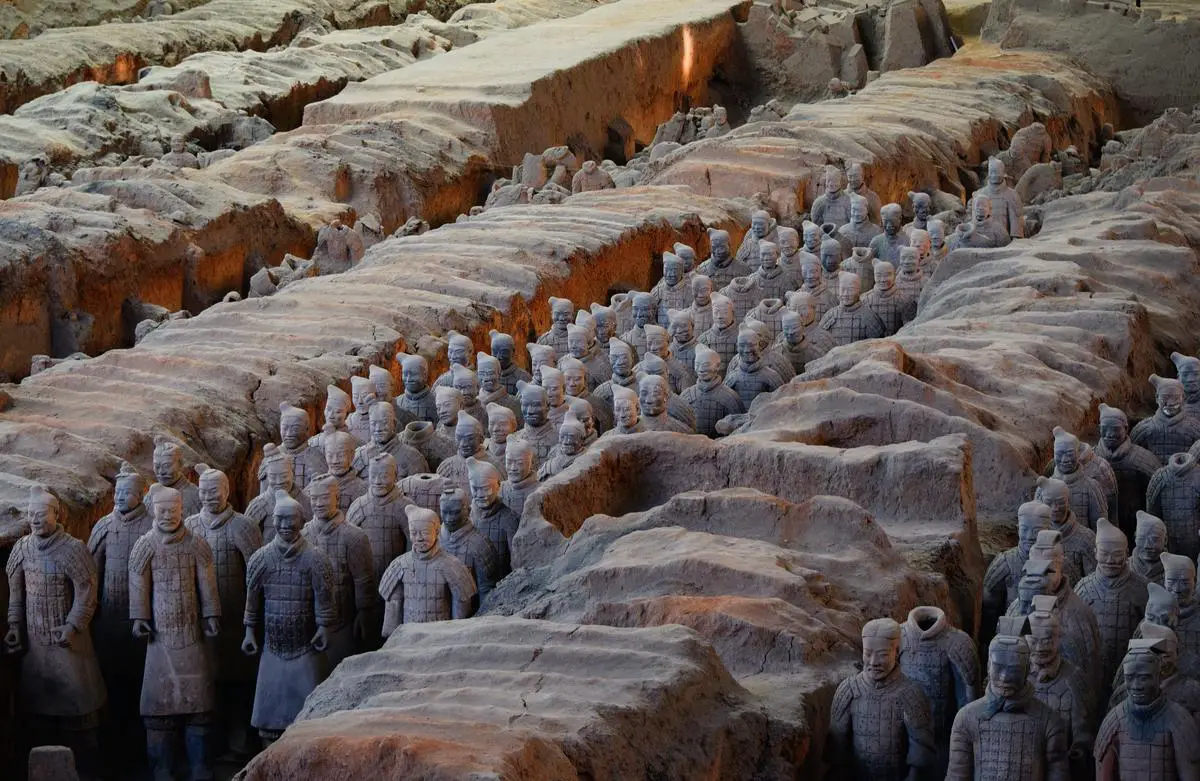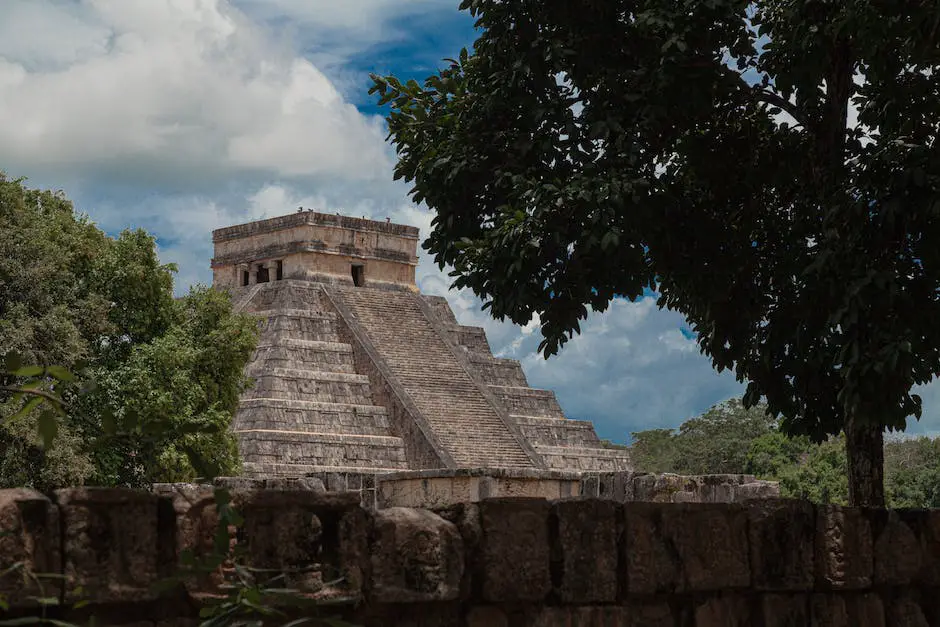The ancient Aztec civilization, known for its vast exhibits of cultural richness ranging from intricate art and architecture to a complex societal structure, also paraded a vibrant gaming culture. Their recreational activities were embedded in their daily lives, using board games not just for entertainment but also as a means to engage their religious, political, and economic beliefs. These games offer intriguing insights into the workings of the Aztec society and make for an interesting study for modern day board game enthusiasts, anthropologists, history buffs, and cultural explorers. This piece embarks on an exciting expedition into the realm of ancient Aztec board games, unraveling their cultural context, game mechanics, and the potential for their revival in today’s world.
Understanding the Aztec Culture
Understanding the Aztec Culture and Ancient Aztec Board Games
The Aztec culture was extraordinarily rich and dynamic with a deep sense of community and tradition. Board games were integral in shaping the social fabric of the society. Owing to the Aztec society’s hierarchical structure, some games were reserved for the nobles while others were enjoyed by the commoners. There were games for entertainment, games for talent or skill, and games with religious significance.
As one of the most prominent civilizations in Mesoamerica, the Aztecs greatly emphasized the importance of societal structure, which is prominently reflected in their board games. For instance, Patolli, one of the most well-known Aztec games, became a symbol for social stratification. In the game, each player’s role reflected their social standing in the real world. The nobles usually took the desirable roles while the commoners remained spectators or took up subservient roles.
Traditions and Beliefs: Influence on Game Play
The Aztec’s deeply held beliefs played a large part in their recreational activities. Board games were seen more than just leisure pursuits and were often entwined with their religious practices. The Aztecs believed in fate and the idea that the gods were in control of the outcomes of their lives. This belief extended to their games, and it was not uncommon for religious rituals and prayers to be part of a game, even a casual one.
Many games, like Patolli and Tlachtli, were related to the Aztec calendar, religious ceremonies, and their intricate cosmology. For example, the Patolli board symbolized the universe, and the game journey represented the human life cycle. The game required the players to bet their valuable possessions, adding a layer of intensity and risk that further resembled the unpredictability of life.
Religion and Games: Connections and Implications
A significant portion of Aztec games also supported religious education and instruction. Tlachtli, one of the oldest game, had substantial religious connotations. It was a cross between volleyball and soccer and was often used to settle disputes between rival cities or to make important decisions, with the belief that the gods influenced the outcome.
Religious rituals, including human sacrifice, were tied to the game in many accounts. Winners were believed to have been chosen by the gods and sometimes voluntarily chose to become sacrifices, which was considered an honourable death.
Delving into the cultural essence and religious significance of the Aztec society enhances a deeper perspective towards understanding their board games, firsthand. Comprehending these games involves more than just grasping the play rules and strategies, it also requires a deep appreciation of historical importance and cultural nuances embedded in these games.

Rules and Mechanics of Ancient Aztec Board Games
Patolli – An Ancient Means of Dice and Beans
Among the Aztecs and Mayans, Patolli emerged as a well-liked board game. Despite being a simple 2-player game, it comprised of a sophisticated framework. Initially, each participant was given six pieces and the target was to move them on a fifty-two square cross-shaped board. To determine each move, players tossed black and white beans, serving as dice.
The master stroke in the game was strategic thinking. Opportunities arose where one player could halt the other’s progress, and ultimately, if a piece landed on an already occupied space, it was “defeated” and taken back to the start line. The excitement continued until one player managed to get all their components around the board. The common stakes were usually items of value or social status, contributing to the intensity of the game.
Tlachtli, Central Part of Aztec Life
Tlachtli, known today as the Aztec ball game, was both a sport and ritual activity. The gameplay was intense and demanded great athleticism. Each team, usually with two to five players, sought to hit a solid rubber ball into the stone hoop positioned high on the wall of the game court.
Touches with hands, feet, or head were allowed, but not with the hips, elbows, or knees, adding immense challenge. The losing team often faced grim penalties, sometimes including human sacrifices, underlining the games importance and while it may not be a ‘board game’, its significance makes it crucial for any enthusiast.
The Ubiquitous Game of Ullamaliztli
Ullamaliztli, another Aztec iteration of the ball game, was extensively played by commoners and nobles alike. The colossal ball courts used for Ullamaliztli were typical features of the central plazas in Mesoamerican cities. The ball, made of solid rubber, could weigh up to 4 kilograms, and the goal remained to keep it in motion without touching certain body parts.
Bettings were a crucial part of the game, often involving valuable possessions or slaves. The rigorous gameplay and high stakes made Ullamaliztli a fascinating spectator sport and a game of great significance in the Aztec daily life.
Mysteries of Ancient Aztec Pastimes
The Aztecs were well-known for a plethora of games, many of which remain largely unknown today. One such enigmatic game is “omachtli.” In this game, players scattered a multitude of pebbles and aimed to collect as many as they could by using a wooden stick. Another intriguing competition was “temalacatl,” a gladiatorial challenge held on a circular stone platform.
These games did not always require specialized boards or unique game pieces, but each played a significant role in the Aztec lifestyle. Whether for leisurely entertainment or religious ceremonies, these games were conduits for competition and unity, and often even served as tools to resolve disputes.

Reviving Ancient Aztec Board Games in the Modern World
Revival of Ancient Aztec Board Games
In recent years, the intrigue of ancient Aztec board games has been rekindled, inspiring myriad reinterpretations and adaptations. Contemporary game designers tread the delicate line between staying true to the historical accuracy and attracting a modern audience. Employing present-day game mechanics and themes, these games are given a new lease of life while still preserving the touch of their ancient roots. This dual aspect serves to enhance player engagement and foster a profound appreciation for the rich Aztec culture, history, and their early approaches to game design.
Modern Board Games Inspired by Ancient Aztec Games
Many modern board games draw their inspiration from these ancient classics. For instance, games like ‘Patolli’ and ‘Aztec Chess’ manifest the spirit of ancient Aztec games in their mechanics and design. These games have been adapted to align with modern tastes to attract a wide range of gamers. This includes incorporating vibrant graphics, revitalizing traditional gameplay patterns, and making modifications to rules to enhance the challenge and competition.
Digital Adaptations
Besides physical board games, ancient Aztec games have also found life in the digital realm. Designers have created digital adaptations of these games to appeal to the tech-savvy generation, turning these ancient pastimes into fun, interactive, and accessible mobile and web applications. These digital recreations offer an effective way to immerse the current generation in the rich culture and heritage of the Aztecs while engaging them in intellectually stimulating leisure activities.
Reviving Ancient Aztec Games with Common Household Items
The revival of Ancient Aztec board games is not limited to commercial products or digital adaptations. With enough knowledge of their rules and gameplay, it is possible to recreate these games at home using simple household items such as beans and homemade boards. These DIY renditions of ancient games offer a fun, educational, and cost-effective way to bring the family closer while simultaneously instilling a sense of history and culture.
Influence and Relevance in Contemporary Game Theory and Design
The richness and complexity of ancient Aztec games continue to contribute to contemporary game theory and design. Modern game designers scrutinize the mechanics, strategies, and rules applied in these ancient games to inform their modern projects and further advance the field. Ancient Aztec board games have proven relevant in studying chance, probability, and strategy, all of which are necessary components in designing compelling and engaging modern games. By recognizing and honoring the past’s influence on the present, we can continue to build upon and enhance the world of gaming.

As we continue to traverse through the labyrinth of time and technology, the relevance and joy derived from ancient Aztec board games remain undiminished. The mechanics and underlying philosophies of these dynamic and intriguing games continue to inspire modern game concepts, integrating multifaceted human experiences into contemporary entertainment. Understanding these games’ historical significance, rules, and cultural implications help us appreciate the richness of the Aztec heritage while also providing inherent lessons on strategy, chance, and decision-making skills. The value-driven revival of these ancient diversions underscores our continuous shared human connection through history, culture, and recreation, making Aztec board games an invaluable gem in our global cultural treasury.
